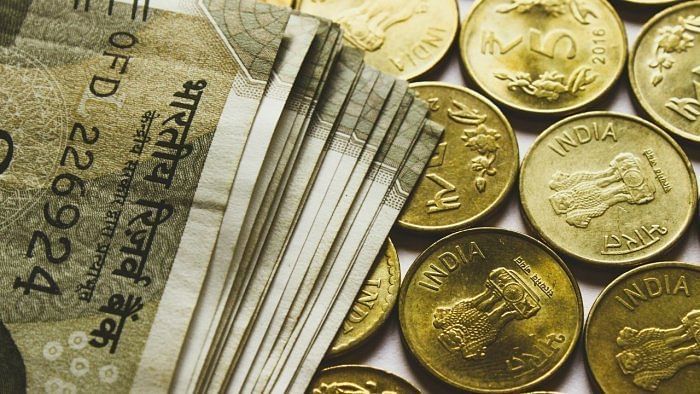
India's agreement with the United Arab Emirates (UAE), during Prime Minister Narendra Modi’s recent visit there, for the two countries to start trading in local currencies is in line with India’s policy to promote internationalisation of the rupee. There was also an agreement with Russia for rupee trade after Western countries imposed sanctions on settlement in dollars following Russia’s invasion of Ukraine. Trade in local currencies is also being planned with some other countries like Indonesia and Tanzania. The agreement with the UAE is important because it is India’s third-largest trading partner after the US and China. India wants to encourage the use of the rupee in international trade and a beginning is being made in bilateral trade because it senses a role for the rupee when there is a movement away from the dollar in international payments but no other currency is in a position to fully take its place.
An inter-departmental group constituted by the Reserve Bank of India to frame a roadmap for the internationalisation of the rupee has recently submitted its report. It has proposed several steps to boost the rupee’s usage in international transactions. They include the adoption of a uniform approach for dealing with trade arrangements “for invoicing, settlement and payment in the rupee and local currencies”, incentivising exporters to use the rupee for settlement, and integrating the country’s payment systems with those of other countries. These are short-term facilitation measures. Medium-term measures include synchronisation of tax regimes and enabling banking services in the rupee outside the country. The objective in the long term is to include the rupee in the IMF’s SDR (Special Drawing Rights).
But the country has a challenging task ahead on this path. The economy has to grow bigger and trade has to expand. Though there is an agreement, the rupee trade with Russia has not taken off. Russia has said that its imports from India are not enough for rupee trade and has preferred that India pay in yuan. India’s share of world trade is very small, just about 2% of global exports. The country also runs a large trade deficit, although there are surpluses with some countries, including the US, Bangladesh, Nepal, some EU countries, Turkey and the UK. India expects to make a beginning in rupee trade with select countries. Trade transaction denominated in the rupee was launched with Bangladesh this month. Internationalisation in the real sense can happen only with removal of capital controls. This will not be possible even in the medium term. While internationalisation of the currency offers many advantages, it is bound to be a slow process that will evolve alongside the evolution of the country’s own economy as well as global geopolitics.